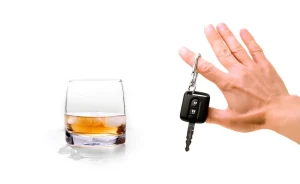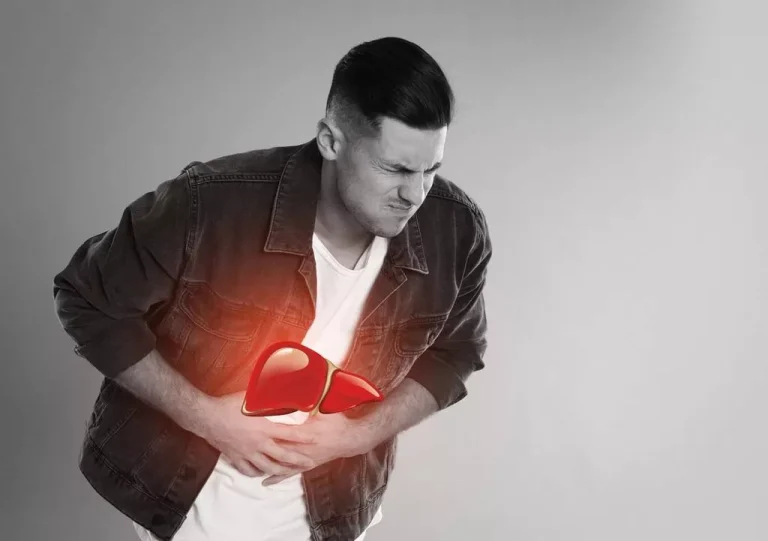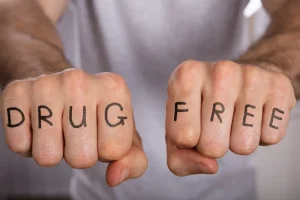Our goal at Benchmark Commercial Lending is to provide access to commercial loans and leasing products for small businesses.

As suggested by Rhodes (2009) drug harms are shaped by risk environments and a risk environment framework can therefore promote an improved understanding of harm, and harm reduction, as a matter of ‘contingent causation’ (p. 193). Risk environments can, broadly, be understood as the ‘space – whether social or physical – in which a variety of factors interact to increase the chances of drug related harms’ (Rhodes, 2002, p.91). Substance use research and policies have historically tended to focus on the individual and individual responsibility for risky behaviours (Rhodes, 2009). This is a trend mirrored in sport doping research that focuses heavily on motives and prevention at the individual level. Taking an approach that understands substance use as socially (and spatially) situated, we can look more broadly at the interplay of physical, social, cultural, economic, and policy factors across levels (micro to macro) to understand how these influence use behaviours. There has been quite a bit of research attention given to risk environments in which social or recreational drug use occurs (see Duff, 2009; 2010; McLean, 2016; Rhodes et al., 2003).
One other promising avenue for potential future treatment may involve the use of ketamine for substance use issues in athletes. Ketamine is an anesthetic drug that has been demonstrated to be effective in the treatment of pain. It was discovered to have antidepressant properties at low doses since an initial study in 2000 demonstrating positive results with a single infusion that has been expounded upon by several RCTs since that time showing sustained antidepressant effects with repeat dosing [95,96,97]. Ketamine is an NMDA receptor antagonist but its true mechanism of action has still not been completely elucidated.

Seeking appropriate treatment for addiction is the only way to stop the unhealthy cycle that ruins lives and careers, yet athletes with drug problems are more reticent than most to seek that help. Mejía failed three drug tests in a row and received an 80-game suspension, followed by a 162-game suspension, before his permanent ban, showing an evident inability to stop using the steroid even though it was costing him his career and livelihood. The key considerations for banning doping were to protect the health of athletes taking substances and to ensure a fair playing field. The IOC only banned the use of performance-enhancing drugs in 1967, just before the first version of random drug testing was used at the1968 Olympics in Mexico City.
This program includes a variety of environmental interventions grouped across three accreditation levels. An example of a level 1 intervention strategy is serving alcoholic drinks only in standard drink amounts, an example of a level 2 strategy is not serving shots of liquor, and an example of a level 3 is having and distributing a written alcohol policy to club members. An initial study showed that clubs with higher accreditation levels reported less alcohol use than clubs with lower accreditation levels (Rowland et al., 2012). Subsequently, researchers conducted a trial where 88 football clubs were randomized to the intervention or control condition. After the intervention, participants in the intervention condition reported less risky alcohol use than those in the control condition (Kingsland et al., 2015). Another cultural aspect of sport that may relate to drinking behavior involves popularity and prestige.


In many cases, this involves withdrawal management with the use of medication-assisted treatment. In addition to withdrawal management services, athletes can choose between an inpatient, outpatient or partial hospitalization program, depending on their addiction history and severity of the addiction. Testosterone drug use in sports and other steroids still make up a fair chunk of the historical positive tests for doping at the Olympics, despite the advancements in technology. Richardson tested positive for a chemical found in marijuana and admitted to using the drug to help her grieve the recent death of her biological mother.
The International Amateur Athletic Federation, now World Athletics, was the first international governing body of sport to take the situation seriously. Research has convincingly established that for some substances, https://ecosoberhouse.com/ particularly alcohol, athletes have higher levels of at-risk use than individuals not participating in athletics. Conversely, rates of use for many other types of drugs are lower among athletes than nonathletes.
If you or anyone you know is undergoing a severe health crisis, call a doctor or 911 immediately. More than 30 years later, stimulants might be more the rage these days than old-fashioned steroids, which come with harsher penalties. Tygart said one complaint about the NFL PED policy is that it bans a “finite list” of stimulants and doesn’t have a “catchall” for designer stimulants, unlike the World Anti-Doping Agency.
Your health insurance company will only pay for services that it determines to be “reasonable and necessary.” The treatment center will make every effort to have all services preauthorized by your health insurance company. If your health insurance company determines that a particular service is not reasonable and necessary, or that a particular service is not covered under your plan, your insurer will deny payment for that service and it will become your responsibility. AddictionResource aims to present the most accurate, trustworthy, and up-to-date medical content to our readers. Our team does their best for our readers to help them stay informed about vital healthcare decisions. However, most of them indicated their use was for social purposes and not anything relating to sports.
There have been a number of legislative reforms in recent years aimed at helping to reduce the state’s substance use disorder numbers, including the creation and reorganization of the Office of Drug Control Policy. Dr. Stephen Loyd, the chief medical officer for Cedar Recovery in Tennessee, was recently appointed as West Virginia’s sixth ODCP director by Gov. Jim Justice. West Virginia’s substance use disorder crisis has a direct connection to the state’s explosion in the number of children in state foster care.
